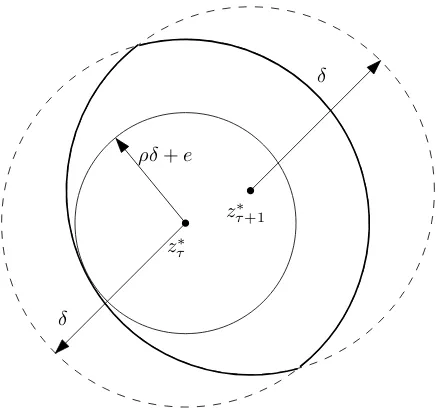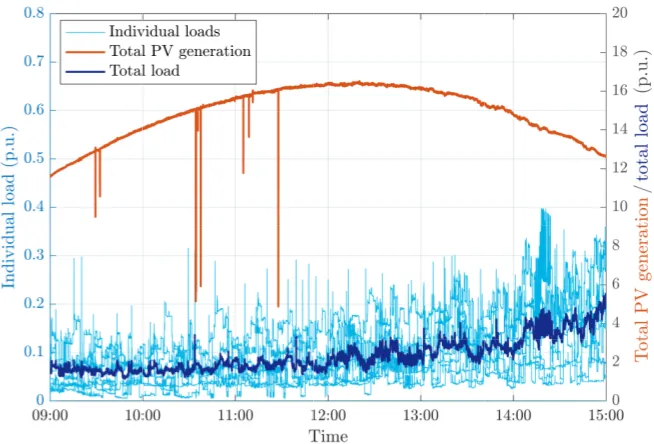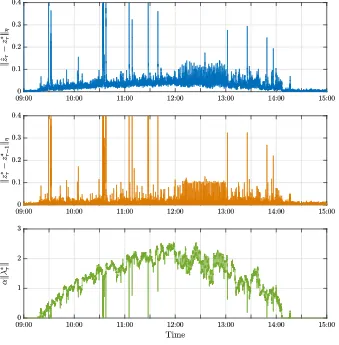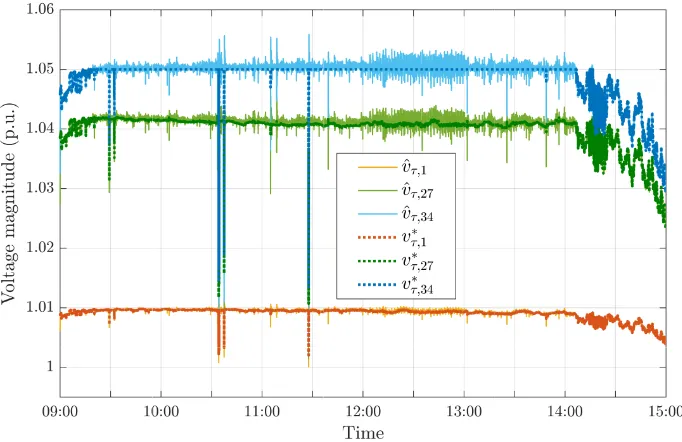Time-Varying Optimization and Its Application to Power System Operation
Full text
Figure



Related documents
This result is in contrast with, Thapa & Pattanshetty, (2016) in study titled '' Effect of chair aerobics as low-intensity exercise training on heart rate, blood pressure
In the third part of the e-learning application (Local elec- tric field in 3D tissue models) we developed an interactive module for visualization of local electric field distribution
The effect of reducing the serum bicarbonate in a group of patients with severe obstructive lung disease whose metabolic alkalosis was in ex- cess of that
Generalized linear model confirmed that clinical pregnancy and delivery rates in OHSS patients were significantly higher in frozen embryo trans- fer, 63.1% and 45.6%, compared
In conclusion, we found that telomere length in COPD patients was shorter than in smoker and non-smoker controls, irrespective of age, sex, spirometric variables, BMI and history
While some studies on civil society activism in the 2014 presiden- tial election suggested the connection between the role of volunteer movement and the democratic process
In our review we identified several key ontology languages, including: XML, which is extended from Generalized Markup Language (GML); SL, which is based on Knowledge Interchange





